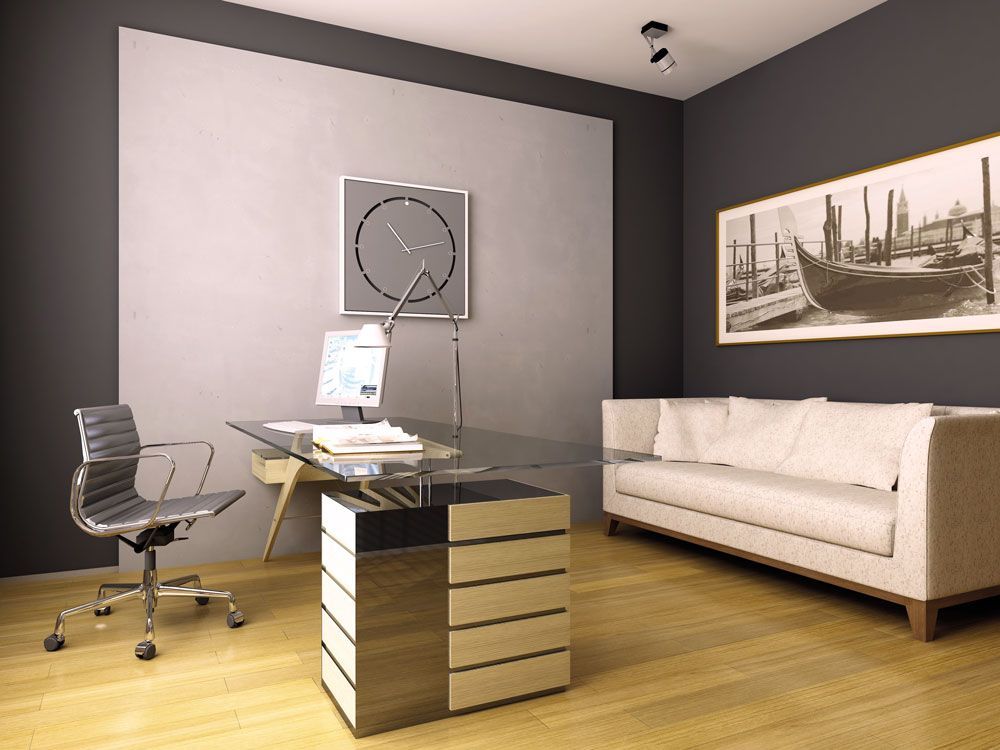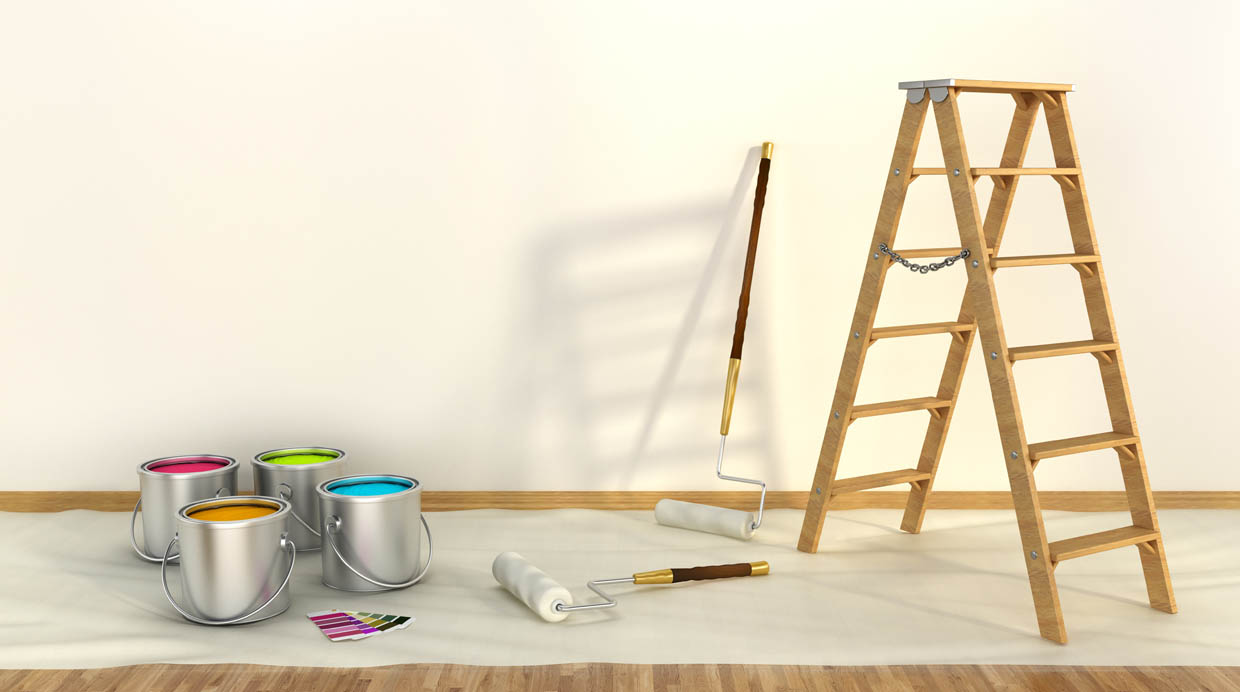Careful selection of paints and finishes in work environments plays a crucial role in optimizing the work atmosphere. Let’s delve deeper into how these choices can influence productivity and aesthetics in offices.
The interior design of an office goes beyond mere aesthetics. Choices in paints and finishes play a fundamental role in employees’ work experience. The appropriate combination of colors, textures, and finishes not only beautifies the space but also significantly impacts mood, concentration, and worker productivity.
Optimizing the Work Environment
Choice of Appropriate Colors:
- Stimulating Colors: Blue, green, and yellow are associated with positive effects on work performance. Blue fosters concentration, green brings a sense of calmness, and yellow increases energy. Integrating these colors in specific workspaces can enhance employees’ performance.
- Neutrality and Balance: Neutral tones like white, beige, or light gray create a balanced and professional environment. These colors work well as backgrounds to highlight decorative elements or furniture, besides conveying a sense of cleanliness and spaciousness.
- Avoiding Saturation: While vibrant colors can be stimulating, their excessive use can be counterproductive. Instead, strategic use is recommended to accentuate specific areas or enliven break spaces.
Suitable Textures and Finishes:
- Washable and Durable Paints: High-traffic areas require washable and resistant paints that maintain their fresh appearance despite constant use. Durability is essential to minimize maintenance costs and ensure a flawless look.
- Matte or Satin Finishes: These finishes reduce glare on computer screens, promoting a comfortable and ergonomic work environment. Additionally, they tend to be more resistant to wear and stains, contributing to space durability.
- Subtle Textures: Introducing discreet textures on walls can add depth and character to the environment without being distracting. Textured paints provide a subtle tactile sensation that can enrich the visual experience and enhance the overall aesthetics.
Decorative Elements and Furniture:
- Harmony with Colors: Furniture and decor should complement the selected color palette to maintain visual cohesion in the office. The right combination can create an attractive and functional work environment.
- Complementary Lighting: Proper lighting is crucial to highlight chosen colors and finishes. Well-distributed and regulated natural or artificial light can improve space perception and increase comfort.
- Rest and Collaboration Spaces: Areas with more relaxing colors or warm tones can stimulate creativity and encourage collaboration among employees. These well-designed spaces are ideal for informal meetings or active rest moments.
Key Aspects to Enhance the Workspace
Psychological Effects of Colors:
- Warm and Cool Colors: Besides stimulating colors, warm tones like orange and red can encourage interaction and vitality, while cool tones like gray and violet can induce calmness and concentration.
- Space Zoning: Color selection can be used to divide and define specific areas within the office, such as meeting areas, individual workspaces, or rest zones, to enhance functionality and organization.
Special Finishes for Different Areas:
- Anti-glare Paints: In meeting rooms or areas with screens, using anti-glare finished paints can improve visibility and reduce visual fatigue among employees.
- High-Traffic Finishes: In areas with higher circulation, such as lobbies or corridors, resistant and washable finishes are essential to maintain a flawless appearance.
Accents and Design Details:
- Accent Walls: Using an accent wall with a different color or texture can add visual interest without overwhelming the overall space, creating a focal point within the work environment.
- Branding Application: Incorporating branding elements through corporate colors or logos on walls can foster a sense of belonging and alignment with the company’s identity.
Environmental and Ergonomic Factors:
- Impact of Natural Light: Maximizing natural light entry can improve employees’ moods, increase concentration, and reduce visual fatigue.
- Considerations for Sensitivity: In environments where employees have sensitivities to certain odors or chemical components, using low-emission and environmentally friendly paints should be considered.
Conclusion
Smart choices in paints and finishes for offices are crucial to creating an attractive and functional work environment. Well-selected colors, textures, and finishes not only enhance the space’s aesthetics but can also positively influence mood, concentration, and employee productivity. By integrating these strategies into office interior design, efficiency and employee well-being can be enhanced, thereby contributing to the overall success of the organization.





